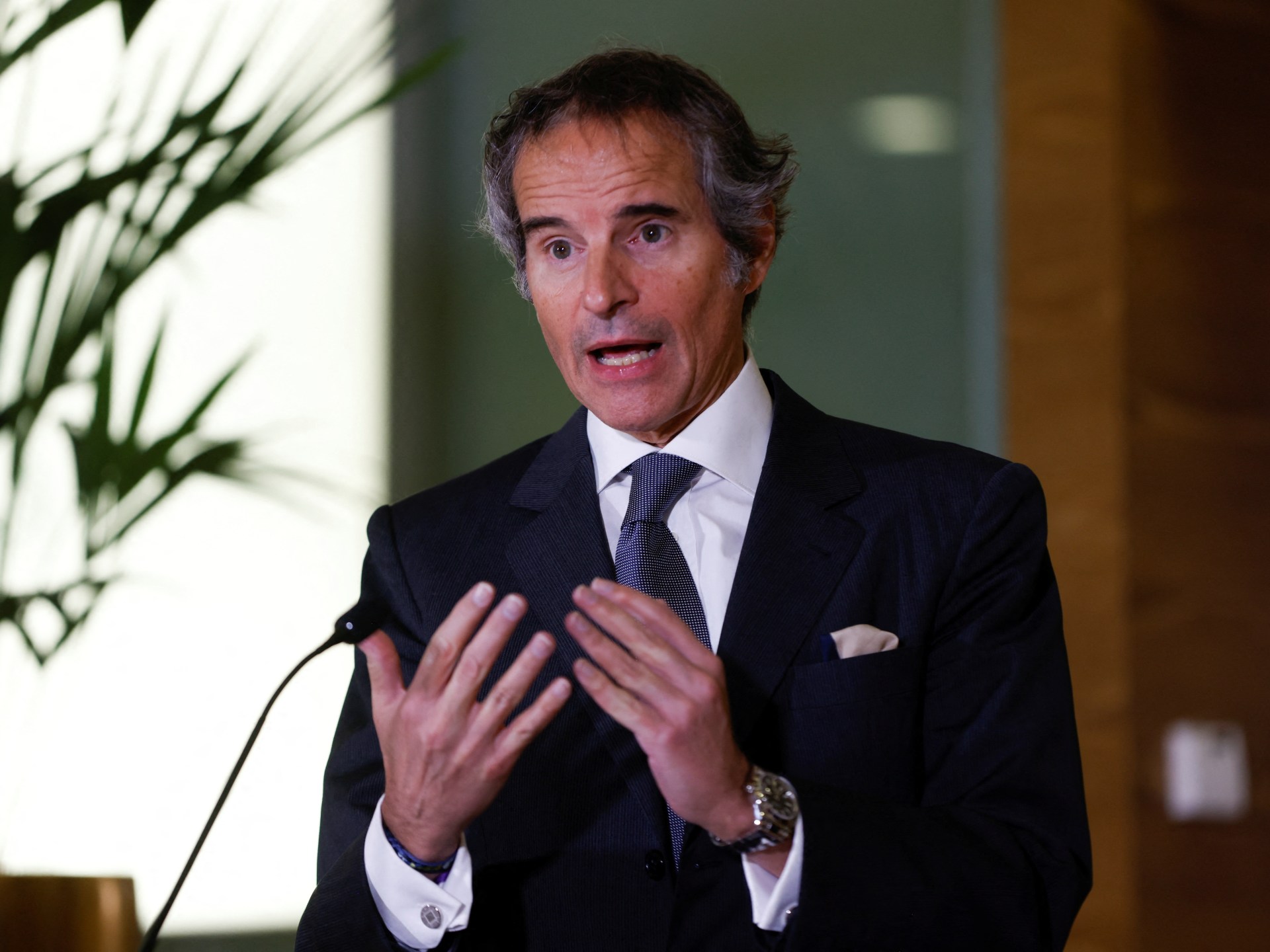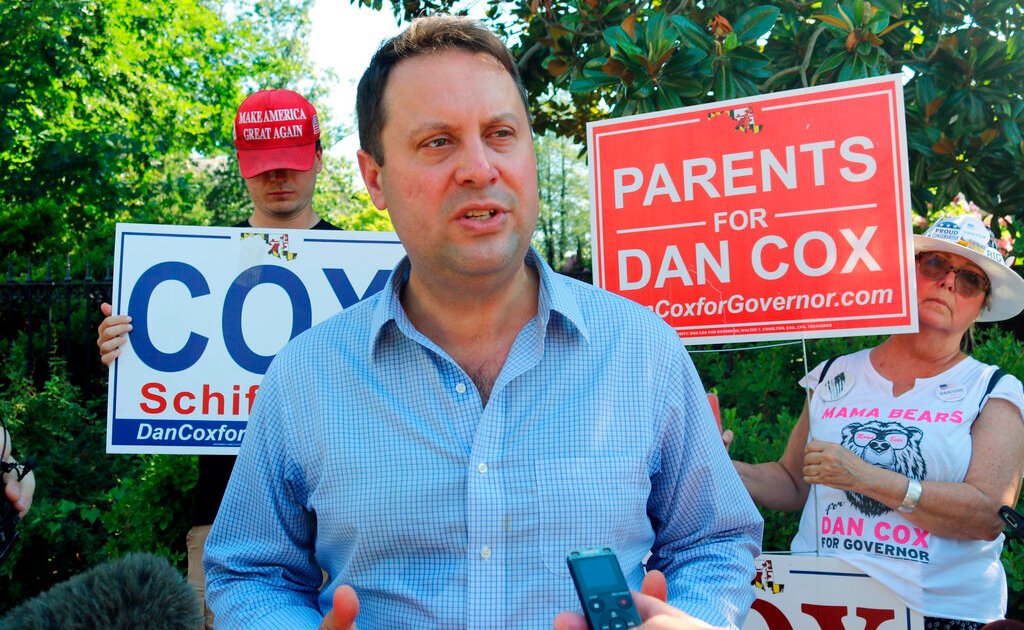UN nuclear chief says Iran pledges more access for inspectors
Iran agrees to reconnect surveillance cameras at nuclear sites and increase pace of inspections, UN nuclear watchdog says.
The head of the UN’s nuclear agency said that Iran has pledged to restore cameras and other monitoring equipment at its nuclear sites and to allow more inspections at a facility where particles of uranium enriched to near weapons grade were recently detected.
The International Atomic Energy Agency (IAEA) and Iran issued a joint statement Saturday on IAEA chief Rafael Grossi’s return from a trip to Iran just two days before a quarterly meeting of the agency’s 35-nation Board of Governors.
Grossi met Iranian President Ebrahim Raisi and other top officials in Tehran earlier on Saturday.
“Over the past few months, there was a reduction in some of the monitoring activities” related to cameras and other equipment “which were not operating,” Grossi told reporters upon his return to Vienna. “We have agreed that those will be operating again.”
He did not provide details about which equipment would be restored or how soon it would happen, but appeared to be referring to Iran’s removal of surveillance cameras from its nuclear sites in June 2022, during an earlier standoff with the IAEA.
“These are not words. This is very concrete,” Grossi said of the assurances he received in Tehran.
The joint statement went into little detail but the possibility of a marked improvement in relations between the two is likely to stave off a Western push for another resolution ordering Iran to cooperate, diplomats were cited by the Reuters news agency as saying.
“Iran expressed its readiness to … provide further information and access to address the outstanding safeguards issues,” the joint statement said.
A confidential IAEA report to member states seen by Reuters said Grossi “looks forward to … prompt and full implementation of the Joint Statement”.
Iran is supposed to provide access to information, locations and people, Grossi told a news conference at Vienna airport soon after landing, suggesting a vast improvement after years of Iranian stonewalling.
Iran would also allow the re-installation of extra monitoring equipment that had been put in place under the 2015 nuclear deal, but then removed last year as the deal unravelled in the wake of the US withdrawal from the deal in 2018 under then-President Donald Trump.
Follow-up talks in Iran between IAEA and Iranian officials aimed at hammering out the details would happen “very, very soon”, Grossi said.
Asked if all that monitoring equipment would be re-installed, Grossi replied “Yes.” When asked where it would be re-installed, however, he said only that it would be at a number of locations.
“This is very, very important” in terms of continuity of knowledge, he said, referring to the monitoring systems operating again, “in particular in the context of the possibility of the revival of JCPOA”.
Grossi arrived in Iran on Friday talks deadlocked on reviving a landmark 2015 accord on Iran’s nuclear activity, known formally as the Joint Comprehensive Plan of Action, or JCPOA.
“We have put a tourniquet on the bleeding of information and lack of continuity of knowledge we had – now we can start working again. These are not words, this is very concrete,” he said.
The Vienna-based IAEA has been seeking greater cooperation with Iran over its nuclear activities.
Al Jazeera’s Dorsa Jabbari reporting from Tehran said inspection will increase by 50 percent at the Fordow nuclear site, according to Grossi.
“That is one of the two sites where enrichment is taking place,” Jabbari said.
“The director general also said that the agency will have access to very important people that are part of Iran’s nuclear programme; that is the first time we’ve heard him say this publicly.
“It seems to be a step in the right direction we see being taken by Iranian officials to increase their cooperation with the agency and to move forward and get away from this impasse that they’ve had with the agency over the past nearly two years.”




